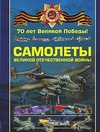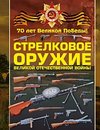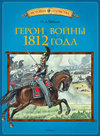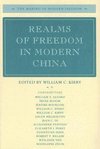
-
 Anglický jazyk
Anglický jazyk
Military computers
Autor: Source: Wikipedia
Source: Wikipedia. Pages: 72. Chapters: ENIAC, UNIVAC 1101, Ship gun fire-control system, Torpedo Data Computer, Rangekeeper, Norden bombsight, HACS, Aegis Combat System, Arthur Pollen, Frederic Charles Dreyer, DATAR, Coincidence rangefinder, MOBIDIC, Kerrison... Viac o knihe
Na objednávku, dodanie 2-4 týždne
19.26 €
bežná cena: 21.40 €
O knihe
Source: Wikipedia. Pages: 72. Chapters: ENIAC, UNIVAC 1101, Ship gun fire-control system, Torpedo Data Computer, Rangekeeper, Norden bombsight, HACS, Aegis Combat System, Arthur Pollen, Frederic Charles Dreyer, DATAR, Coincidence rangefinder, MOBIDIC, Kerrison Predictor, Dumaresq, Ferranti Argus, AN/FSQ-32, Director, MIL-STD-1750A, AN/FSQ-7, Gun data computer, AN/FSQ-31V, TRADIC, Mark I Fire Control Computer, Vickers range clock, Gyro Rate Unit, Barr and Stroud, UNIVAC 1103, Pom-Pom Director, Naval Tactical Data System, Tachymetric anti-aircraft fire control system, Battenberg Course Indicator, Operations room, Admiralty Fire Control Table, Advanced combat direction system, Command and Control Microcomputer Users Group, AN/USQ-17, Mark 8, Fire Control Computer, Fuze Keeping Clock, IBM AP-101, AN/UYK-7, Central Air Data Computer, AN/USQ-20, ATHENA computer, SSDS, AN/UYK-20, UNIVAC 1102, AN/UYK-8, Enhanced Tactical Computer, AN/UYK-43, MARQUISE, MANDRIL, UNIVAC 1104, AN/UYK-44, Project Genoa, RH1750. Excerpt: Ship gun fire-control systems (GFCS) enable remote and automatic targeting of guns against ships, aircraft, and shore targets, with or without the aid of radar or optical sighting. Most US ships destroyers or larger (but not destroyer escorts or escort carriers) employed GFCS for 5 inch and larger guns, up to battleships such as the USS Iowa. After the 1950s, GFCSs were integrated with missile fire-control systems and other ship sensors. The major components of a GFCS are a manned director, with or replaced by radar or television camera, a computer, stabilizing device or gyro, and equipment in a plotting room For the US, the brains were first provided by the Mark 1A Fire Control Computer which was an electro-mechanical analog ballistic computer that provided accurate firing solutions which could automatically control one or more gun mounts against stationary, or moving targets on the surface or in the air. This gave American forces a technological advantage in World War II against the Japanese who did not develop this technology, and still used visual correction of shots with colored splashes. Digital computers would not be adopted for this purpose by the US until the mid 1970s. However, it must be emphasized that all analogue AA fire control systems had severe limitations, and even the USN Mk 37 required nearly 1000 rounds of 5" mechanical fuze ammunition per kill, even in late 1944. The MK 37 was the first of a series of evolutionary improvements in gun fire control systems. Naval fire control is more complex than for single ground-based gun because of the need to control the firing of several guns at once. In naval engagements both the firing guns and target are moving, and the variables are compounded by the greater distances and times involved. Furthermore, a ship rolls and pitches, making gyroscopic stabilization extremely desirable. Naval gun fire control potentially involves three levels of complexity: Corrections can be made for surface wind velocity, firin
- Vydavateľstvo: Books LLC, Reference Series
- Rok vydania: 2020
- Formát: Paperback
- Rozmer: 246 x 189 mm
- Jazyk: Anglický jazyk
- ISBN: 9781155223148


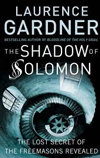


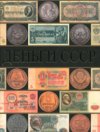
 Ruský jazyk
Ruský jazyk 